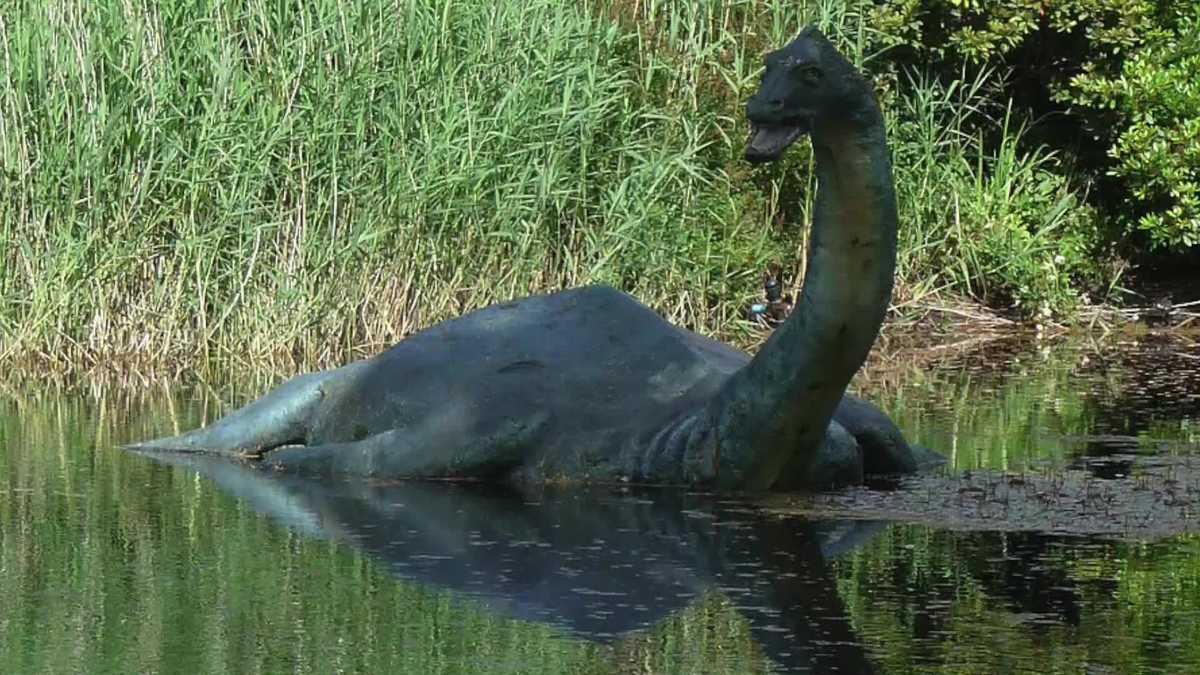A myth to Reality: The Loch Ness Monster “Nessie”
The Legend of the Loch Ness Monster
Loch Ness, located in the foothills of Scotland, has the largest volume of fresh water in Britain, reaching a depth of almost 800 feet and stretching about 23 kilometers in length. The story of the Loch Ness Monster, or "Nessie", dates back to around 500 AD, with local photographs depicting the water creature in the rocks near the loch. The earliest recorded account comes from the seventh-century biography of Saint Columba, who is said to have encountered the beast in 565 AD and commanded it to retreat.
1933: A Review of the Media
In 1933, after the construction of a road along Loch Ness, a couple reported seeing a large animal in the water. The sighting, which was well publicized by the Inverness Courier, sparked media interest and led to many trips and news. Apparently, a big game hunter claimed to have found a large footprint, which was later found to be a hoax related to stuffed hippopotamus feet.
Nessie in Popular Culture
A famous 1934 photo purported to show a dinosaur-like creature sparked speculation that Nessie may have been a living plesiosaur. However, scientists argue that such a creature cannot survive in the cold waters of Loch Ness, which froze during the recent ice age. Other theories suggest that Nessie may be an archaeocyte, a type of ancient whale.
The Investigation is Ongoing
Amateur and professional investigators search for evidence of Nessie. In the 1960s and more, British universities and the Academy of Applied Sciences conducted sonar research, discovering large moving objects without explanation. Despite the revelation in 1994 that the famous 1934 photo was fake, interest in Nessie continues to attract tourists and researchers.
comment your ideas..... Have A Great Day!



Comments